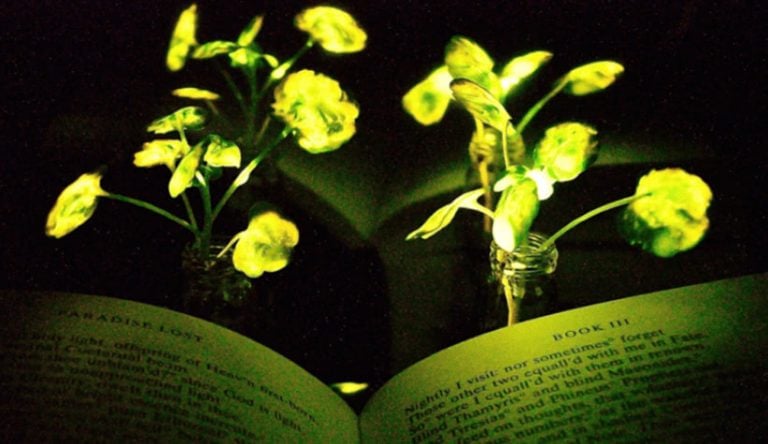If you happened to be walking around the labs at the Massachusetts Institute of Technology recently, you’d be forgiven for thinking that a terrible nuclear spill had occurred, rows of plants illuminated with a very unnatural glow.
The actual reason: those crazy MIT geniuses have created plants that can light up for hours at a time.
Scientists infused watercress, spinach, and kale with an enzyme named luciferase. Luciferase is what makes fireflies glow, when mixed with a molecular named luciferin. They saturated the now-modified plant with a solution containing more luciferase and the aforementioned luciferin. The mixture sunk in via the plants pores, the molecules interacted – and there was light!
“The vision is to make a plant that will function as a desk lamp — a lamp that you don’t have to plug in,” Michael Strano from MIT — who co-authored the study — wrote in a statement.
“The light is ultimately powered by the energy metabolism of the plant itself.”
So far they have been able to make a plant glow for three-and-a-half hours. Aside from the novelty factor, there are many practical uses. Strano hopes this technology will one day replace streetlights.
“Plants can self-repair, they have their own energy and they are already adapted to the outdoor environment,” Mr Strano said. “We think this is an idea whose time has come.”
Love Music?
Get your daily dose of metal, rock, indie, pop, and everything else in between.
Check out a video, below.


































